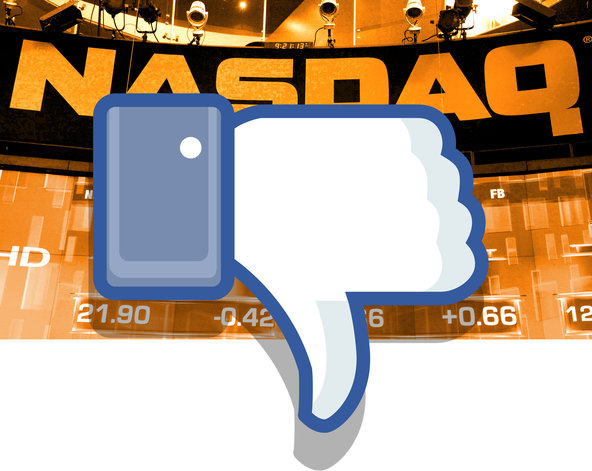But as he negotiated with a prominent venture capital firm in Silicon Valley, Mr. Summers made one thing very clear: he needed an exit plan, in case he returned to public service.
“That was generally the assumption,” said Marc Andreessen, the co-founder of the firm. “If he did, he needed a way to do a clean disengage.”
Today, the Obama administration is considering nominating Mr. Summers as the next chairman of the Federal Reserve. If the White House does so, Mr. Summers’s financial disclosure — including his recent consulting jobs, paid speeches and service on company boards — will be one of the hottest documents in Washington. Among the top contenders for the position, Mr. Summers has by far the most Wall Street experience and the most personal wealth.
In addition to rejoining the Harvard
faculty in 2011, he jumped into a moneymaking spree. His clock was ticking partly because he knew that the Fed chairmanship, to which he has long aspired, was likely to open up in early 2014, when Ben S. Bernanke’s second term will come to an end.
“With Larry, my wife always says that it’s hard to be happy if you want to have the most money because you’ll never have the most money,” said Jeremy I. Bulow, an economics professor at Stanford University who is a friend and co-author of academic papers with Mr. Summers. “He’s kind of been going about his life just on the basis of ‘who knows what’s going to come next?’ and just sort of maximizing his experiences, given the opportunities in front of him.”
The opportunities have been many over the last two years. Mr. Summers, 58, has been employed by the megabank Citigroup and the sprawling hedge fund D. E. Shaw. He works for a firm that advises small banks as well as the exchange company Nasdaq OMX. And he serves on the board of two Silicon Valley start-ups: both financial firms that may pursue initial public offerings in the next year. One of them, Lending Club, offers loans to consumers and small businesses by making arrangements directly with online investors, a new business model that falls into a regulatory gap that consumer advocates say may lead to risky borrowing.
Before his tenure in the Obama administration, Mr. Summers had accumulated personal wealth of at least $7 million; the last two years have most likely added considerably to that. But his money and Wall Street connections put him in an awkward position, partly because the next person to lead the Federal Reserve will oversee the writing of several key new regulations from the Dodd-Frank financial reform bill.
Wall Street experience is not unprecedented for a Fed chairman. The departing chairman, Mr. Bernanke, has never been employed on Wall Street, spending most of his career at Princeton. But his predecessor, Alan Greenspan, was the president of a consulting firm and worked in investment banking early in his career, and Paul A. Volcker, an earlier chairman, did some work at Chase Manhattan Bank, which is now a part of JPMorgan Chase.
Still, some senators are speaking out against Mr. Summers. They are raising questions about potential conflicts of interest and noting his role in the repeal of the Glass-Steagall law, which limited the sorts of activities banks could undertake, and his opposition to regulating derivatives in the 1990s — decisions that many critics say contributed to the financial crisis.
“I start from a position of being extraordinarily skeptical that Larry Summers is appropriate to chair the Fed,” said Senator Jeff Merkley, a Democrat from Oregon. “I have serious doubts that Mr. Summers, who as a committed deregulator drove policies that set the stage for the Great Recession, is the right person for a key regulatory position.”
Mr. Summers declined to comment. But whatever his views on regulatory policy, those who know and admire Mr. Summers say he arrived at them honestly.

Article source: http://www.nytimes.com/2013/08/11/business/economy/the-fed-lawrence-summers-and-money.html?partner=rss&emc=rss



